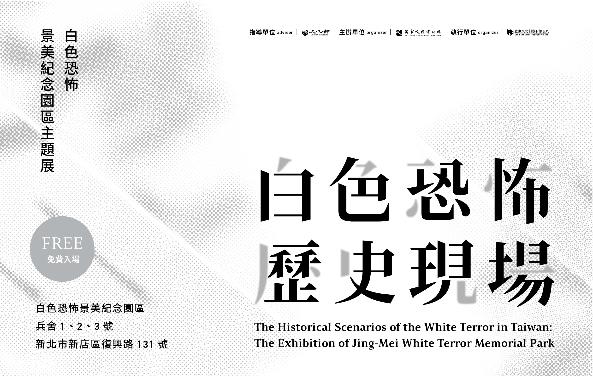Portraits of the Anonymous Saturday 4 February 2023 to Sunday 30 April 2023 Time: Open 11am to 5pm Wednesday to Saturday, and 1pm to 5pm on Sundays Location: Counihan Gallery, 233 Sydney Road (inside Brunswick Town Hall), Brunswick AUSTRALIA Virginia Woolf once said, ‘For most of history, Anonymous was a woman’. In her first solo show in Australia, Shwe Wutt Hmon presents photographic portraits of female photographers, filmmakers, photojournalists and artists. These women worked earnestly to document the civilian resistance during the recent coup d'état in Myanmar. The coup d'état began in February 2021, when Myanmar's military deposed the democratically elected government. Each portrait is overlayed with an image of the coup, taken by the portrait subject. The portraits are accompanied by written testimonies, which evoke the struggles, strengths and contributions of women working in photography in Myanmar. The portraits will be suspended from the gallery ceiling, echoing the civilian protests in Myanmar during the Spring Revolution. Protesters strung up longyi on lines across the streets to slow down police and soldiers. Longyi are a type of garment worn by women, similar to a skirt. Walking beneath these garments is traditionally considered bad luck for men. This exhibition is presented in association with International Women’s Day. This exhibition has been supported by Final Grade, Canson and Kayell Australia. Counihan Gallery Phone: +61 03 9389 8622 Email: CounihanGallery@merri-bek.vic.gov.au For exhibition updates you can follow the Counihan Gallery Instagram page. You can also go to the Counihan Gallery Facebook page. For more information about the artist, you can visit Shwe Wutt Hmon's website. This exhibition is in the Front Gallery.


FIHRM-ASIA PACIFIC
TO PROMOTE KNOWLEDGE OF AND RESPECT FOR HUMAN RIGHTS IN ASIA PACIFIC, THROUGH ACTIONS IN MUSEUMS.
Join Us


FIHRM-ASIA PACIFIC
TO PROMOTE KNOWLEDGE OF AND RESPECT FOR HUMAN RIGHTS IN ASIA PACIFIC, THROUGH ACTIONS IN MUSEUMS.
Join Us

FIHRM-ASIA PACIFIC
TO PROMOTE KNOWLEDGE OF AND RESPECT FOR HUMAN RIGHTS IN ASIA PACIFIC, THROUGH ACTIONS IN MUSEUMS.
Join Us



